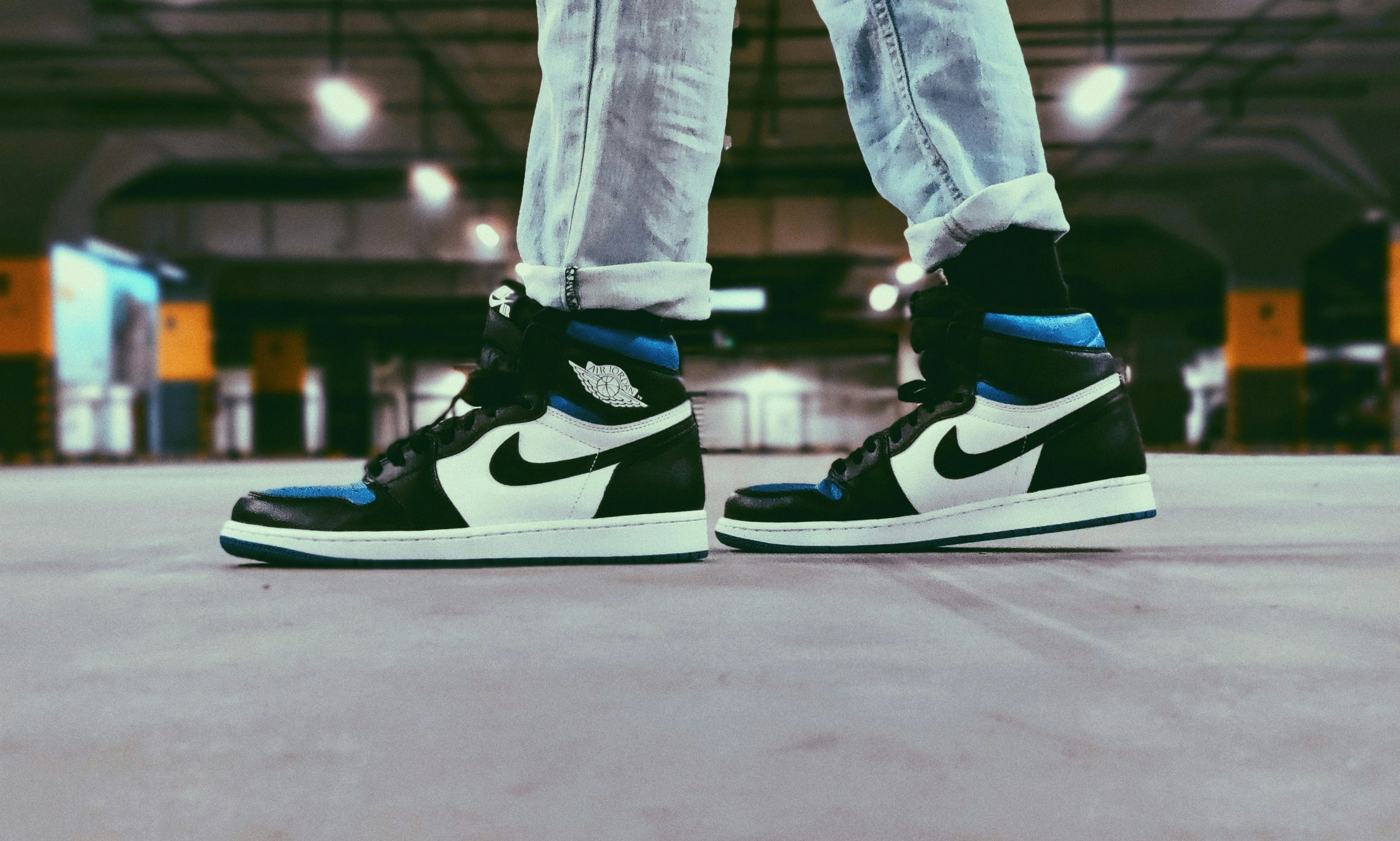PFAS-Free Shopping: Avoiding “Forever Chemicals” in Apparel
Did you know that the clothes you wear could potentially be exposing you to dangerous chemicals? While it may not be at the forefront of our minds when shopping for garments, the reality is that many apparel items contain harmful substances, including per- and polyfluoroalkyl substances (PFAS). These so-called “forever chemicals” have been linked to serious health risks and environmental damage. But fear not, by making conscious choices and opting for PFAS-free shopping, you can protect both yourself and the planet. In this article, we will dive into the world of PFAS and explore ways to avoid them when purchasing apparel.
The Dangers of PFAS in Clothing
PFAS are a group of man-made chemicals that have been used in a wide range of consumer products, including clothing and textiles. These chemicals have gained a notorious reputation due to their persistence in the environment and potential negative impacts on human health.
So, what exactly makes PFAS hazardous? One of the main concerns is their resistance to degradation, meaning they do not break down easily and can remain in the environment for a long time. As a result, they have been found in water, soil, and even food sources. Studies have linked PFAS exposure to a variety of health issues, including hormonal disruption, immune system dysfunction, and cancer.
The Big Offender: Waterproof and Stain-Resistant Clothing
In the apparel industry, PFAS are commonly used to make garments water and stain-resistant. These chemicals are applied to clothing through a process called perfluorination, where a layer of PFAS is coated onto the fabric. While this may seem like a convenient feature, it comes at a high cost to our health and the environment.
Waterproof and stain-resistant clothing, such as raincoats, jackets, and outdoor gear, are often made with PFAS. These items are particularly concerning as they are likely to be in direct contact with our skin and can also release PFAS into the air and water during production, use, and disposal.
How to Identify PFAS-Free Clothing
Unfortunately, PFAS are not typically listed on clothing labels, making it difficult to know which items are free from these chemicals. However, there are some things you can look out for when shopping to lower your exposure:
Choose Natural and Organic Materials
Natural and organic fabrics, such as cotton, linen, wool, and hemp, are less likely to contain PFAS as they are not usually treated with these chemicals. These materials are also better for the environment as they are biodegradable and do not contribute to the production of microplastics.
Read the Label
If you are unsure about a specific garment, check the label for any mention of water or stain resistance. As PFAS are often used in these treatments, it can be a red flag that the item may contain these chemicals.
Look for Certified Safe Clothing
Organizations such as Oeko-Tex and Global Organic Textile Standard (GOTS) certify textiles that are free from harmful substances, including PFAS. Look for their labels when shopping for clothing to ensure you are making safe and environmentally-friendly purchases.
Alternatives to PFAS in Clothing
With mounting concerns over the use of PFAS in apparel, some companies are starting to take action and find safer alternatives. Some options include:
Plant-Based Water Repellents
Sustainable brands have been experimenting with natural solutions, such as plant-based waxes and oils, to make their clothing water and stain-resistant. These alternatives are still effective but without the harmful effects of PFAS.
Fleece Made from Recycled Plastic Bottles
While fleece used to be made with PFAS as a flame retardant, many companies now use fleece made from recycled plastic bottles. This not only gives new life to plastic waste but also avoids the use of harmful chemicals in clothing production.
Be a Conscious Shopper
Aside from choosing PFAS-free clothing, there are other ways to be a conscientious shopper when it comes to apparel:
Buy Quality and Durable Clothing
By investing in well-made and long-lasting clothing, you are reducing the need for frequent purchases and, therefore, lowering your overall environmental impact.
Support Sustainable and Transparent Brands
Do your research and support companies that prioritize sustainability and transparency in their production processes. These brands are more likely to use safe and eco-friendly materials in their clothing.
Properly Dispose of Old Clothing
When it’s time to say goodbye to your old clothing, make sure to dispose of them properly by donating, recycling, or upcycling them. This helps to keep them out of landfills, where they can release PFAS and other toxic substances into the environment.
In Conclusion
Making the switch to PFAS-free shopping in the apparel industry may seem like a small step, but it can have a significant impact on both your health and the environment. By being a conscious shopper and opting for safer and more sustainable clothing options, you can play a part in reducing the use of these harmful chemicals in the fashion industry.
Remember, every purchase you make is a vote for the kind of world you want to live in. So let’s choose PFAS-free shopping to create a safer and healthier planet for ourselves and future generations.











